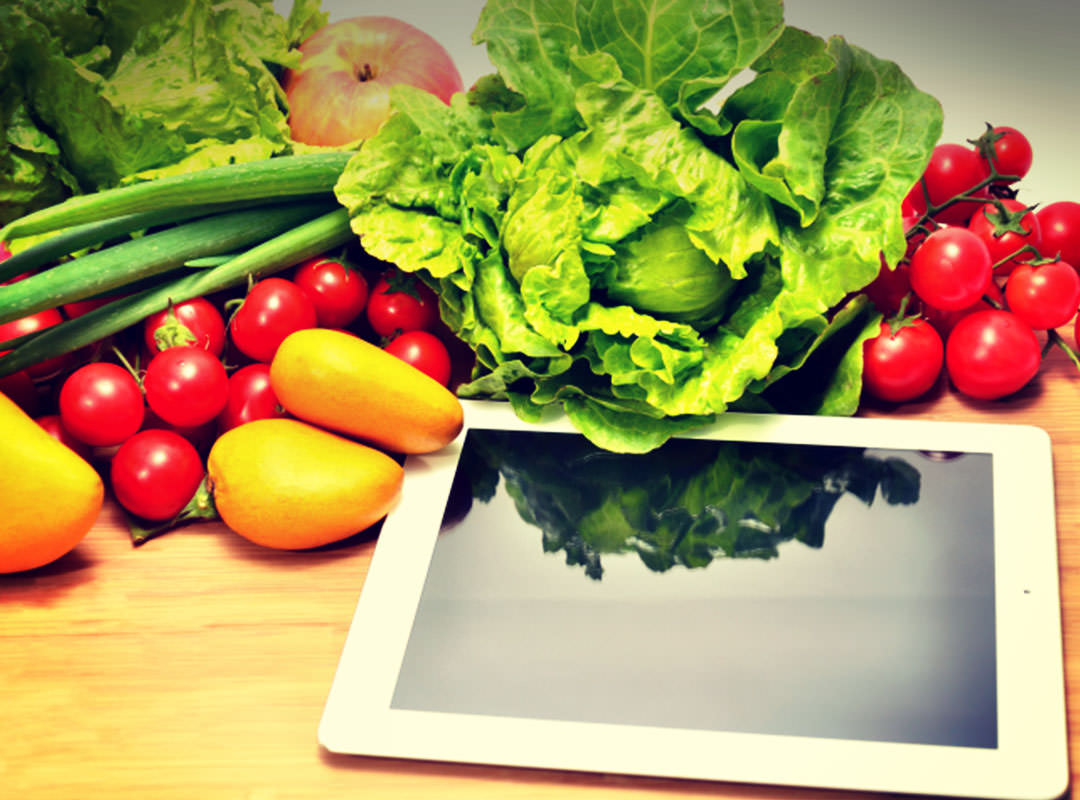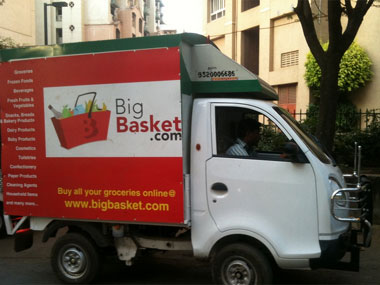It is hard to miss the aggressive marketing that online grocery stores and apps engage in these days – from a constant barrage of TV advertisements, to capturing the billboards of the city. While to some, buying groceries online seems like a natural thing to do, to others, especially those from older generations, find the idea quite alien. Most Indians do end up giving their trust and their business to the local mom-and-pop grocery stores that dot our localities, as opposed to ordering them from their smartphones. But this situation is witnessing some stark changes, especially from the younger generation which lives a much more hectic lifestyle in the tier I cities of India.
Last year saw an influx of many new players in the online groceries market – as many as 40 companies were established around 2011, out of which only 5 have managed to survive and get funding by late 2015. This should tell you a lot about the online groceries market in India. To put things in perspective, the food and grocery industry in India is currently worth $383 billion, and is slated to touch $1 trillion by 2020. Out of this, the market share occupied by online grocery stores is less than $100 million at present.
This means that online grocery stores occupy around 0.03% of the total market share of the food and groceries industry. The main reasons for this disparity are the low rate of internet penetration in India and the unique logistical problems that accompany the online grocery industry. The failure of companies like PepperTap and LocalBanya, to make it in the competitive market is a testament to how complicated this sector is. All this begs the question, is it even viable to enter the online grocery sector in India? Like most complicated questions, the answer to this completely depends upon your actions as an online seller.
Is Setting up an Online Grocery Store a Good Idea?
-
Competition
With online grocery stores, the main competitors, apart from other online grocery stores, or even franchises of physical grocery stores, are the mom-and-pop stores that exist in virtually every locality. These stores operate on more informal relationships between the customer and the seller. Home delivery of groceries is a common aspect of service. Accountability is also present, since the seller is accessible to the customer. It is also common for many customers to have ‘accounts’ with their grocers – credit systems that let them pay on a monthly basis. In that sense, choosing the grocer over its online counterpart becomes a matter of convenience for most middle class households.
-
Choice
The one thing that online stores have got going for themselves is choice. This difference is obvious when you visit your local grocery store as opposed to a high-end grocery store inside a mall. While your grocer may have Britannia and Amul, the two most common brands of cheese available in the market, a gourmet store may have many varieties of both domestic and international brands of cheese, but will not be as accessible to the average customer. The online grocery store tackles this problem by providing the same choice and more to the customer through the medium of the internet. It is important for the online grocery store to therefore expand its catalogue and provide more choice to the consumer.
-
Logistics
Logistics for an online grocery store are a completely different ballgame as compared to logistics for a retail store. The online retail logistics model generally consists of having warehouses at strategic locations so that the delivery can occur within the span of 2-5 days. Leading competitors in the online groceries sector boast a delivery time of around 90 minutes. It is easy to see that online grocery stores need a very different approach in managing their logistics. There are two major trends in logistics that have been adopted by online grocery stores –
A. Inventory Model
The inventory model is generally the most common fulfillment model for online retail stores. It means that you have a certain inventory that is stored in your warehouse, ready to be shipped on demand to your customer. As we mentioned before, it is not the most ideal model for an online grocery store unless your warehouses are strategically placed to serve your purpose. This requires a lot of capital, and currently the only major company that is utilizing this model is BigBasket.com. That said, we cannot ignore the fact that it is also the largest player on the field, and it is partly due to their insistence on not being just a logistics firm.
B. Hyperlocal Model
The hyperlocal model, on the other hand is great for scalability, which is why most new entrants into the field opt for it. Going hyperlocal means working with the local stores in a particular area and taking over the responsibility of delivery of the product. Grofers is a prominent name that follows a hyperlocal business model.
Whether you want to go for the inventory model or the hyperlocal one depends upon a lot of factors, like your capital, availability of resources, geographical market, etc. Planning a mixture of both these models for the long term is also not a bad idea.
-
Future
As the internet penetration in India shows signs of a speedy growth, coupled with more cities becoming open to just-in-time logistics and delivery, the online groceries market situation seems like it can only improve. Estimates suggest that the total turnover of the online groceries sector can hit $25 billion by 2020. Granted that there have been more failure stories than success stories in the sector up until now.
The important thing to understand is that one cannot expect the same strategies that were successful in the electronics or apparel online retail sector to work in the online groceries sector. In fact, this is a completely different beast, and therefore has to be treated that way. With careful planning and smart execution, online grocery can surely become a viable ecommerce category.
To know more or in case of queries, get in touch with Browntape. We are India’s leading ecommerce solutions experts, and we are always happy to help!





